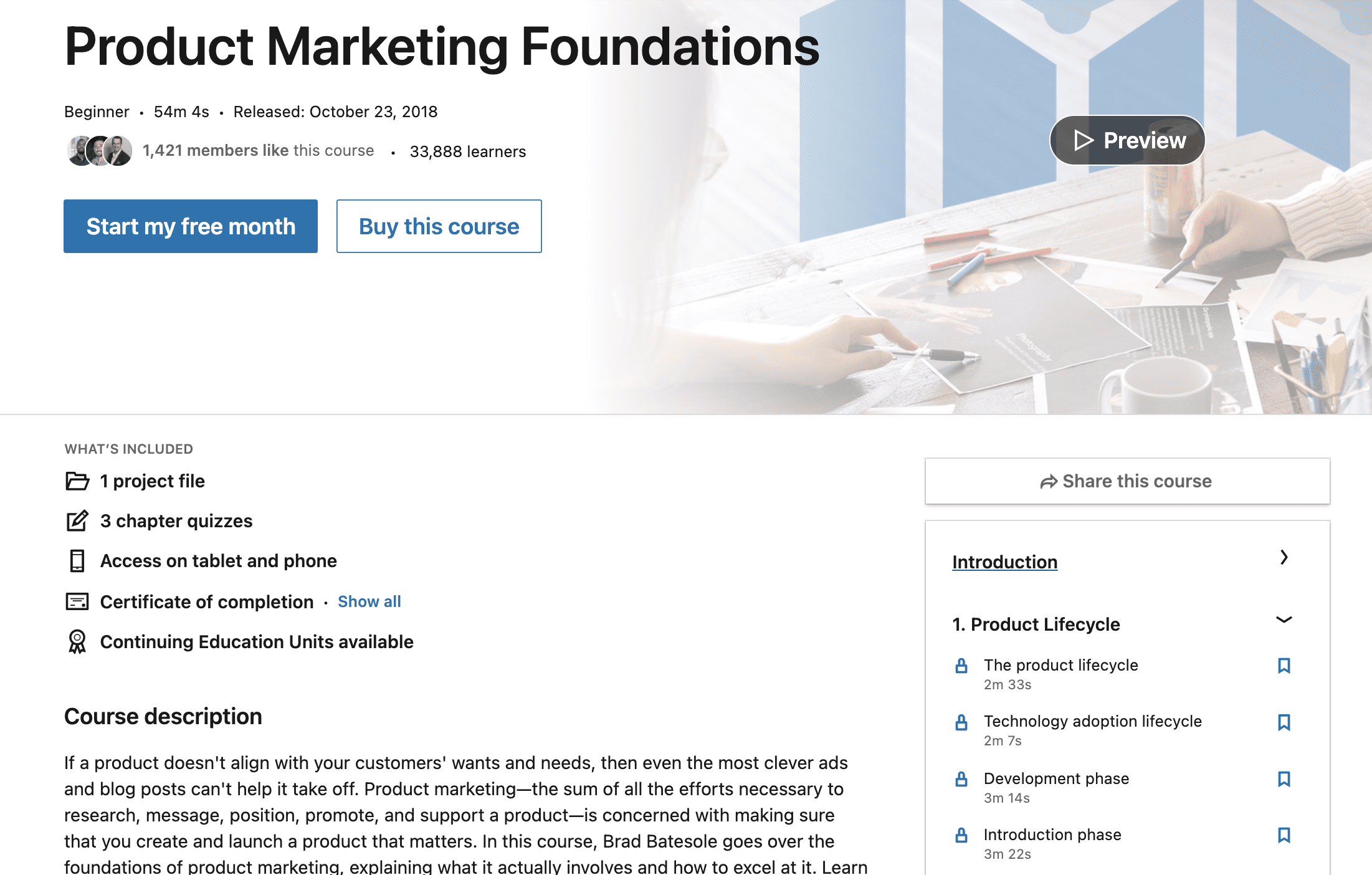

Then the extract is validated and processed. Afterwards, a scheduler triggers once every 24 hours to refresh the data and pull any changes. The first time you sync, the third-party extractor pulls the full data. The third-party Connector pulls content from the content provider using both API and SFTP mechanisms. The various fields extracted as part of the Content Catalog package or API from the content source are represented in the table View the table. Viva Learning requires content catalog data from every third-party content source. The step-by-step content ingestion process is described below. Viva Learning extracts the content from the third-party provider using the connector. The third-party provider is the ultimate source of information for content records for their customers. The dataflow diagram shows how Viva Learning ingests third-party content. Depending on your organization, you may have access to more content providers than are listed here. Select Viva Learning, and enable your chosen content provider or learning management system in the panel.Īvailable content providers are subject to change. Navigate to Settings, then Org settings.Sign in to your Microsoft 365 admin center.Content providerįollow the steps below to add Coursera in your Microsoft 365 admin center.įollow the steps below to add edX in your Microsoft 365 admin center.įollow the steps below to add Infosec in your Microsoft 365 admin center.įollow the steps below to add Josh Bersin Academy in your Microsoft 365 admin center.įollow the steps below to add Pluralsight in your Microsoft 365 admin center. It can also take 24 to 48 hours to hide content from LinkedIn Learning, Microsoft Learn and Microsoft 365 trainings from Viva Learning after you have disabled them in the admin portal.

Their delivery is typically top-notch and very engaging, something the big names sometimes fail to get right.It can take 24 to 48 hours for Viva Learning users to see content for the sources you enabled in the admin portal. Don't be mistaken, this does not in any way infer that they are inferior. They are mostly people who are highly skilled in certain fields and are willing to share their expertise. Instead, a large chunk of Udemy instructors are entrepreneur course creators. On Udemy, you won't find a lot of Coursera's kind of Ivy League educators. They are experienced in the teaching business, delivering traditional classroom lectures with a few remote learning modifications. You'll also find instructors who are industry experts from companies like IBM, Google, and Meta.

You'll find instructors who are Harvard, Princeton, Oxford, or MIT professors. Instructors on Coursera are some of the best educators you'll find in the industry. There are a lot of gray areas in between. Deciding which of the three platforms has the best instructors is not entirely a black or white decision.


 0 kommentar(er)
0 kommentar(er)
